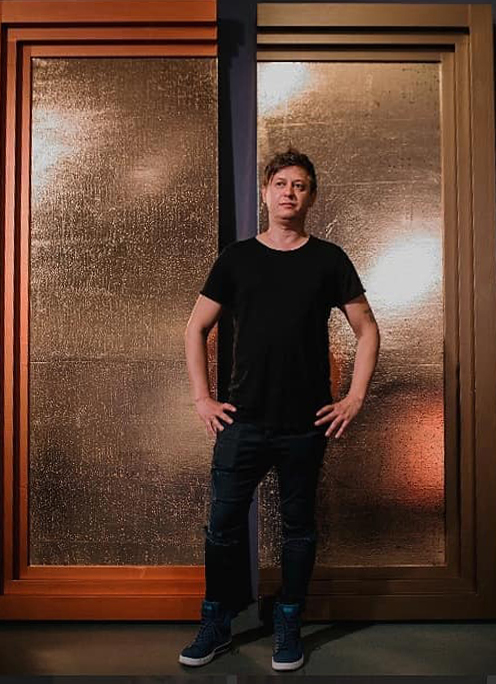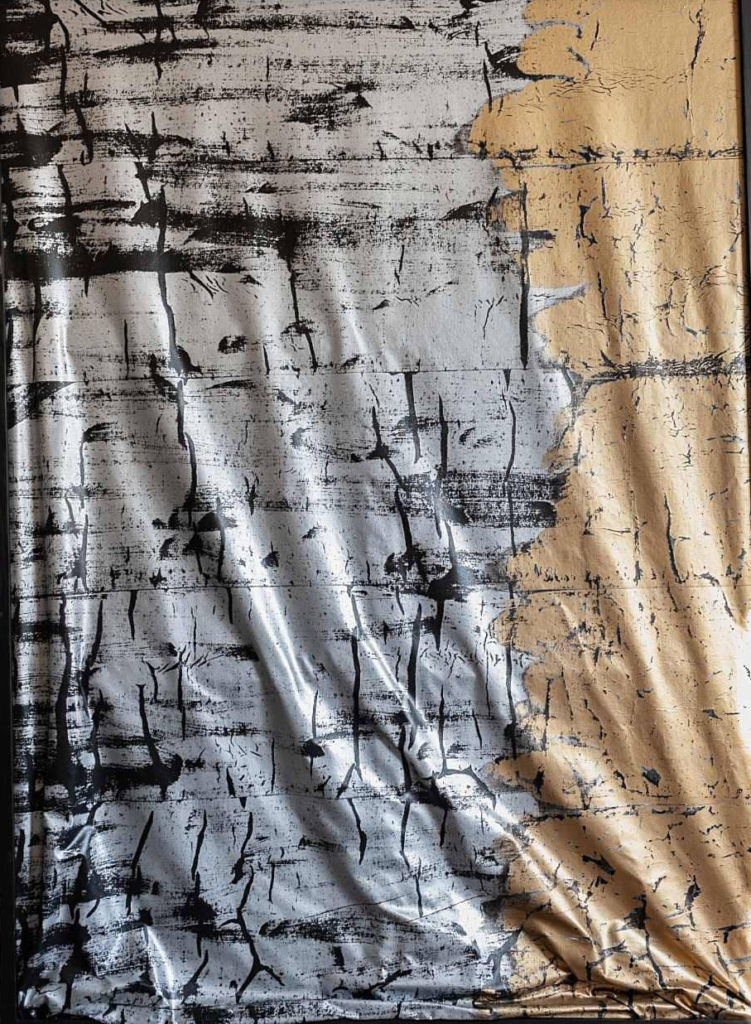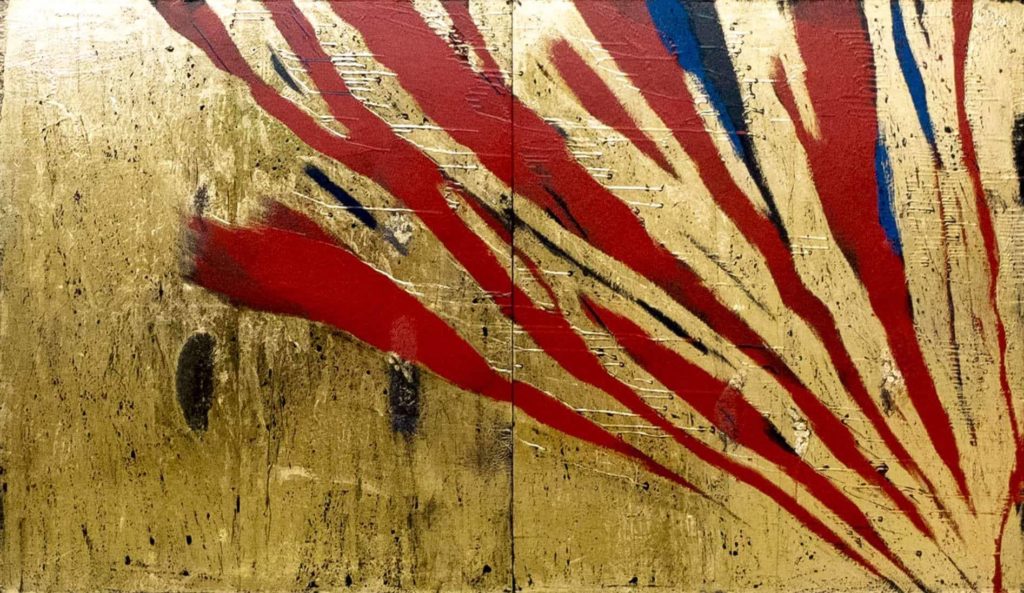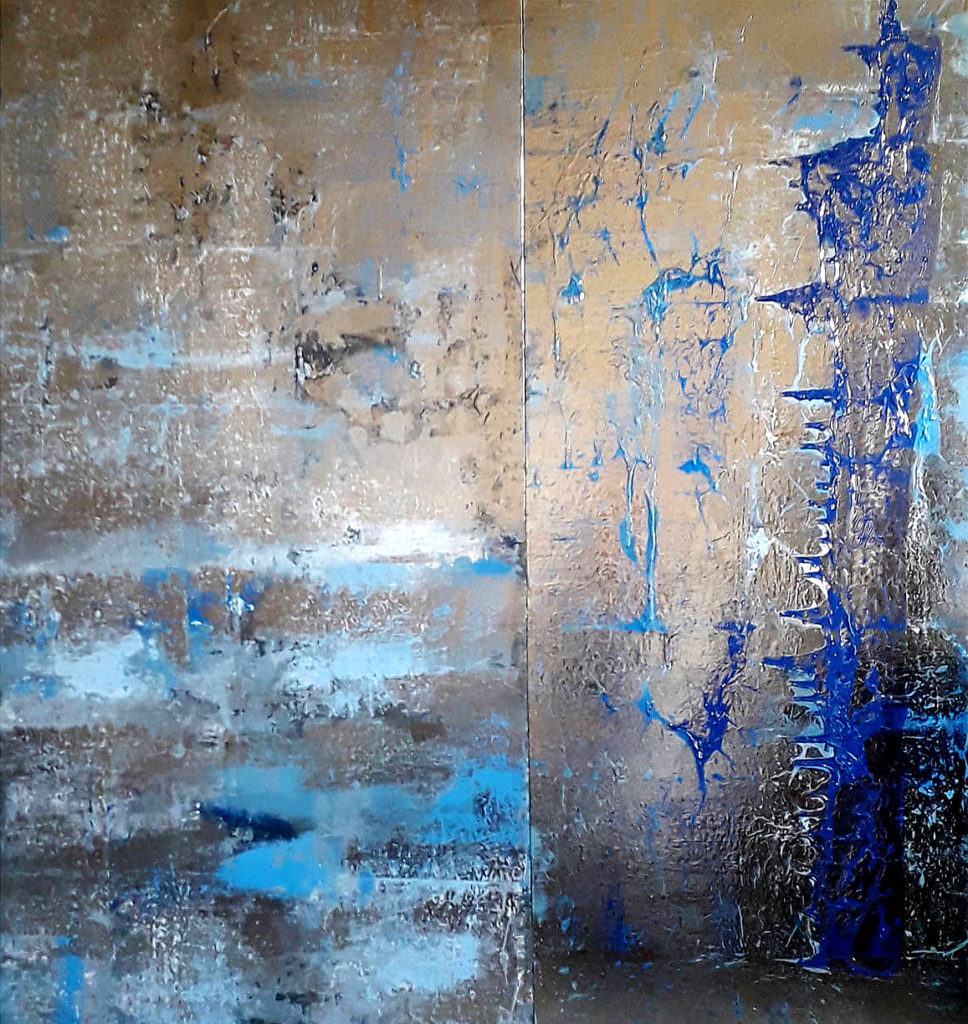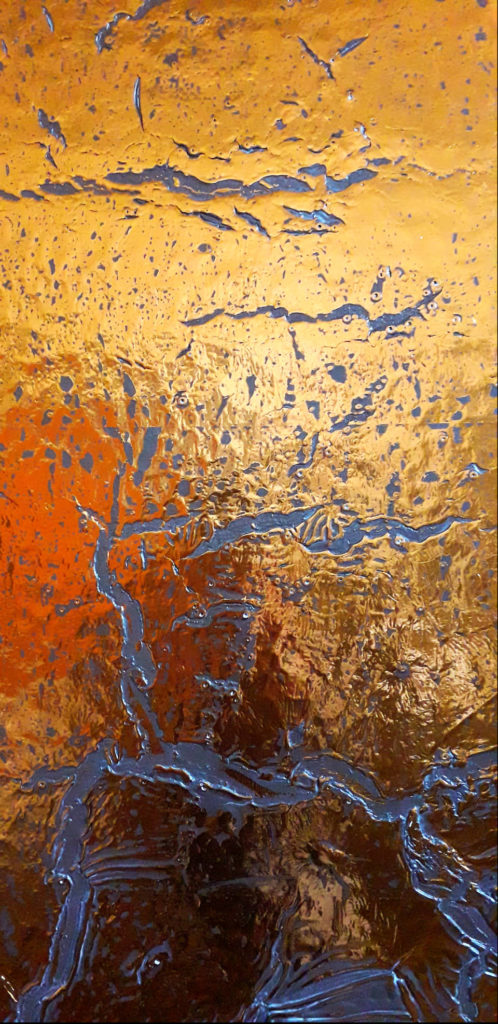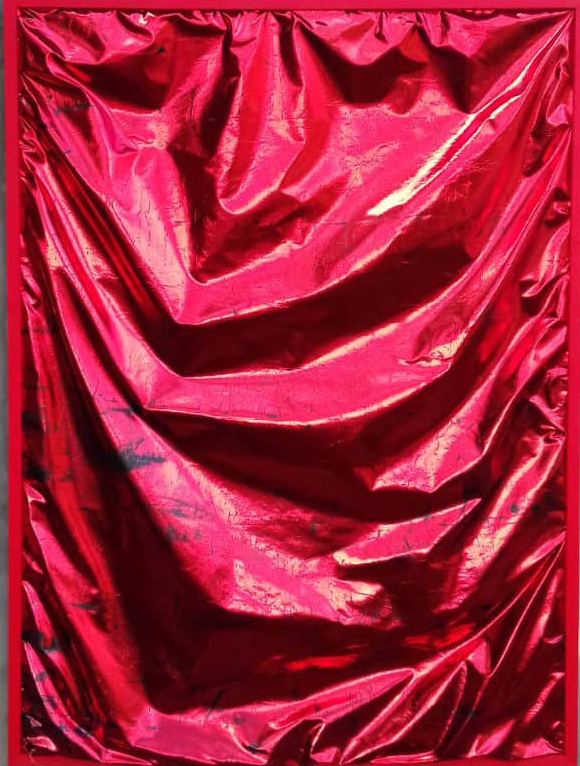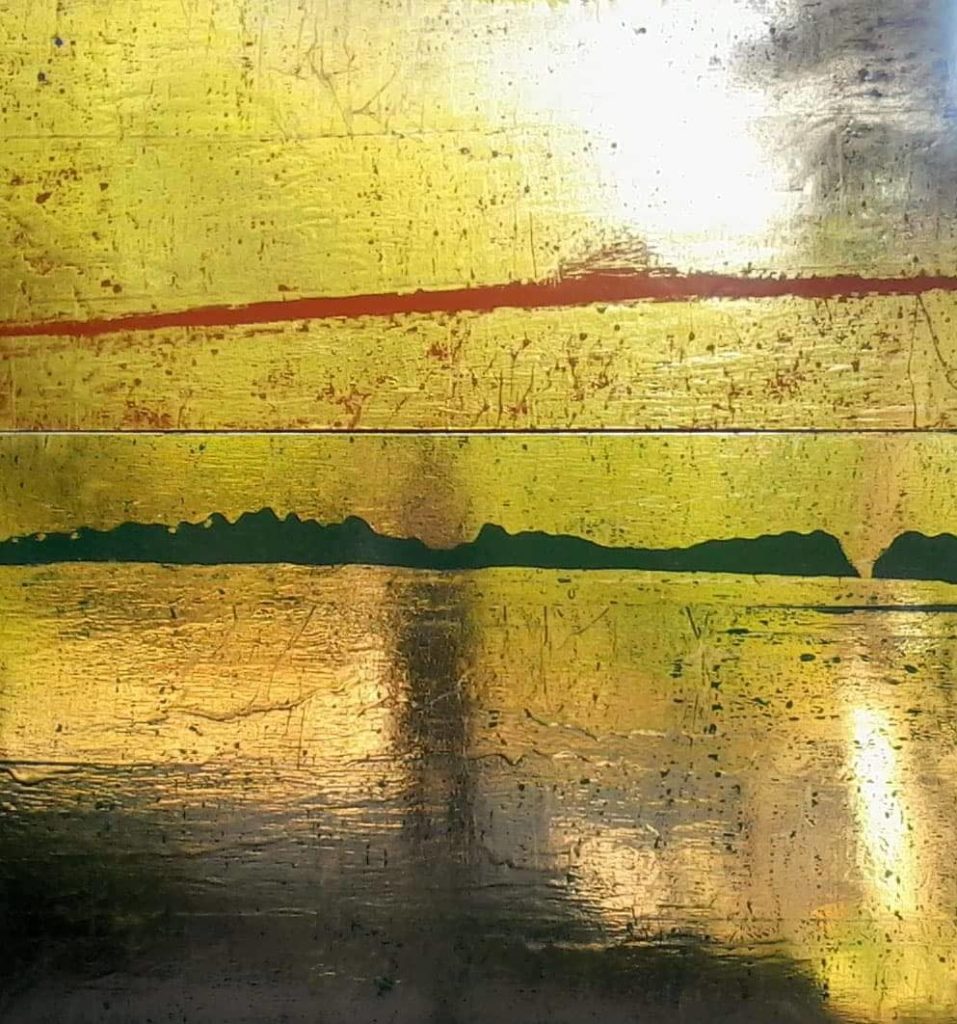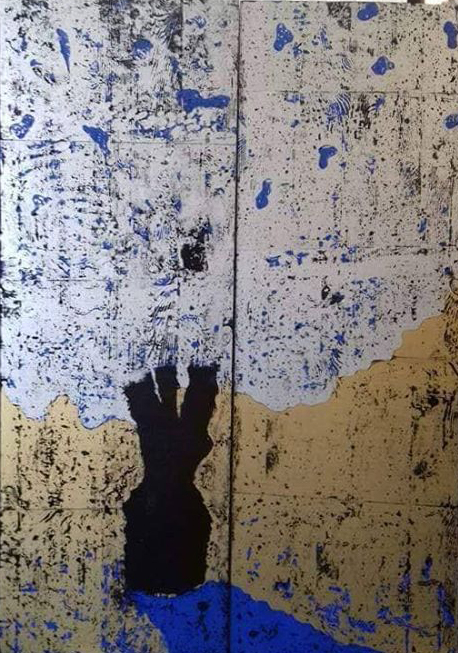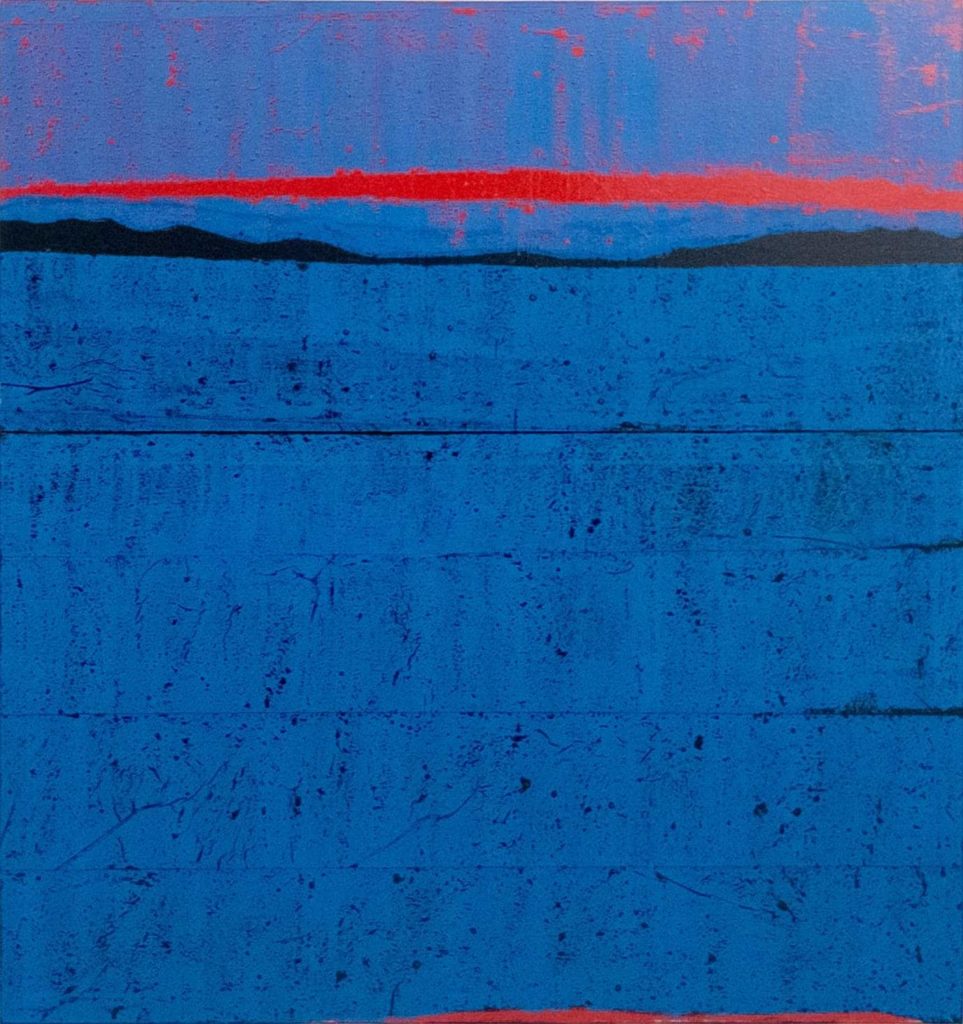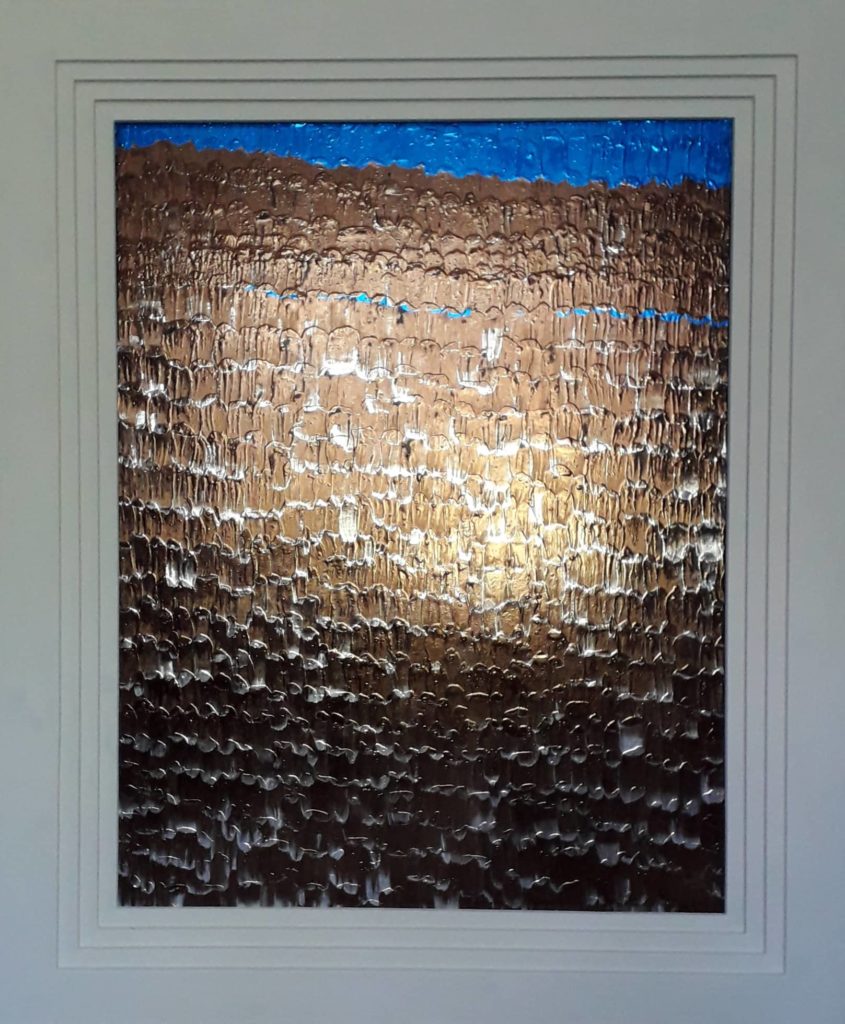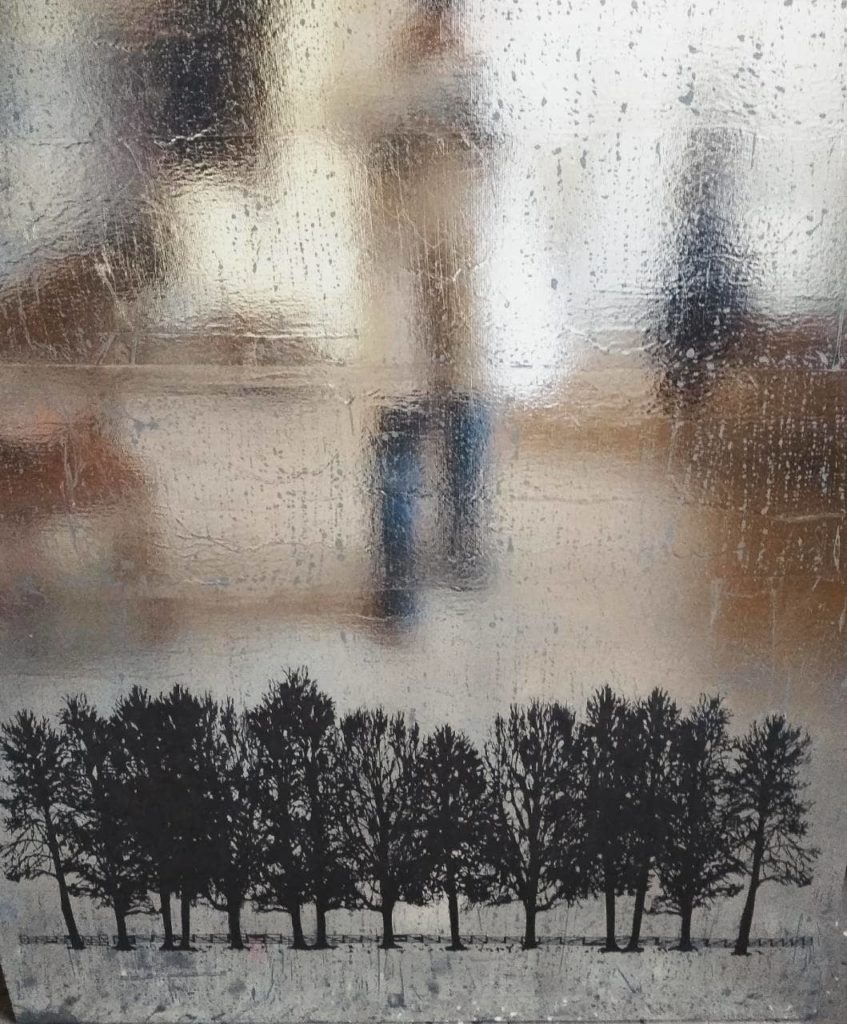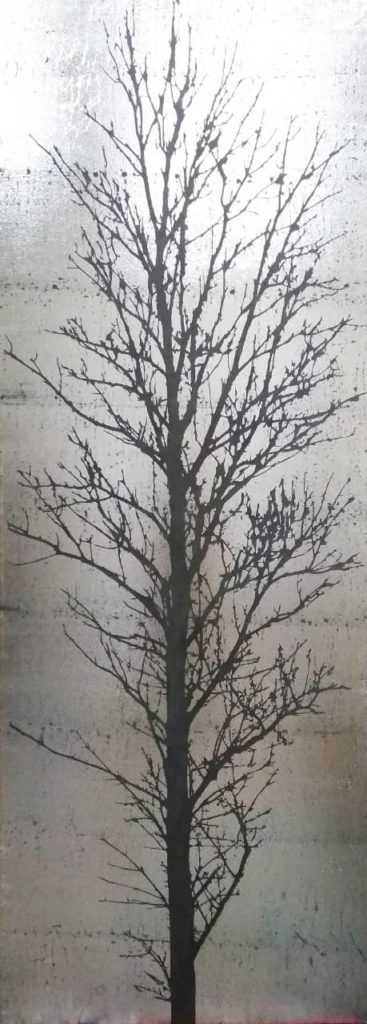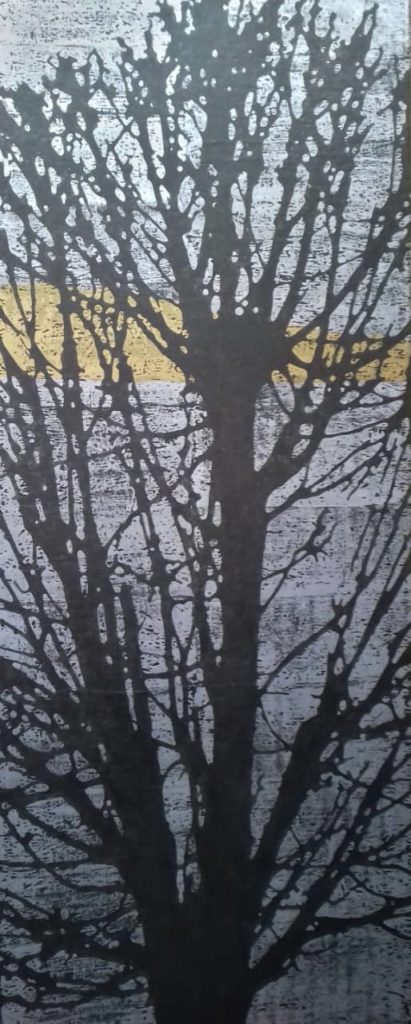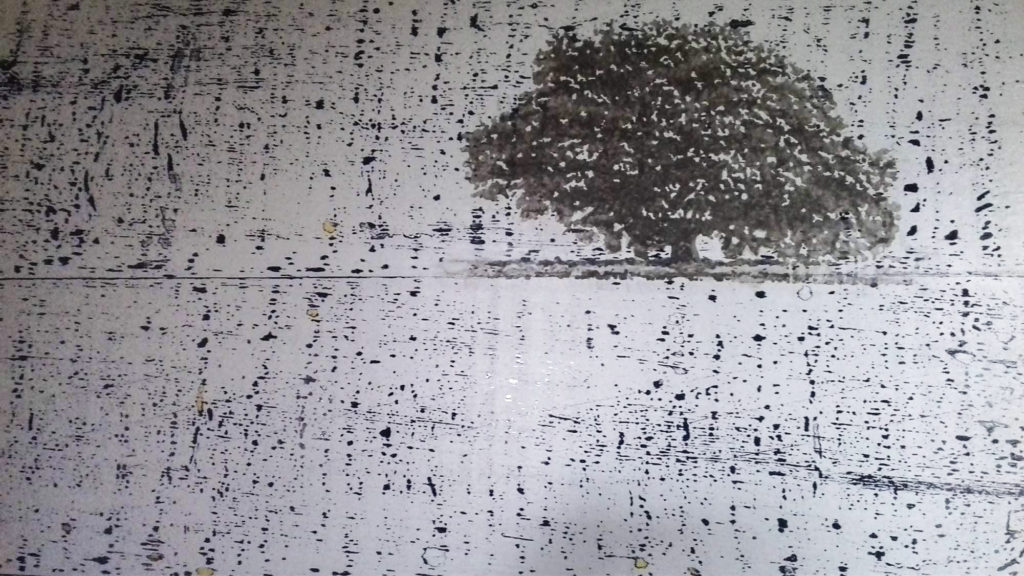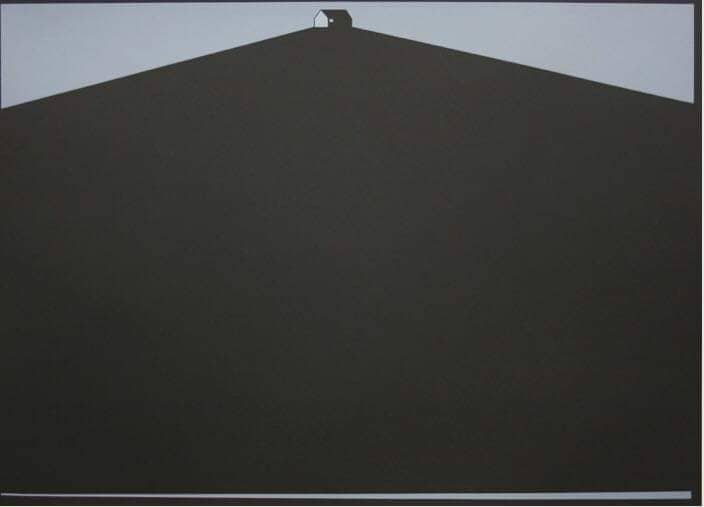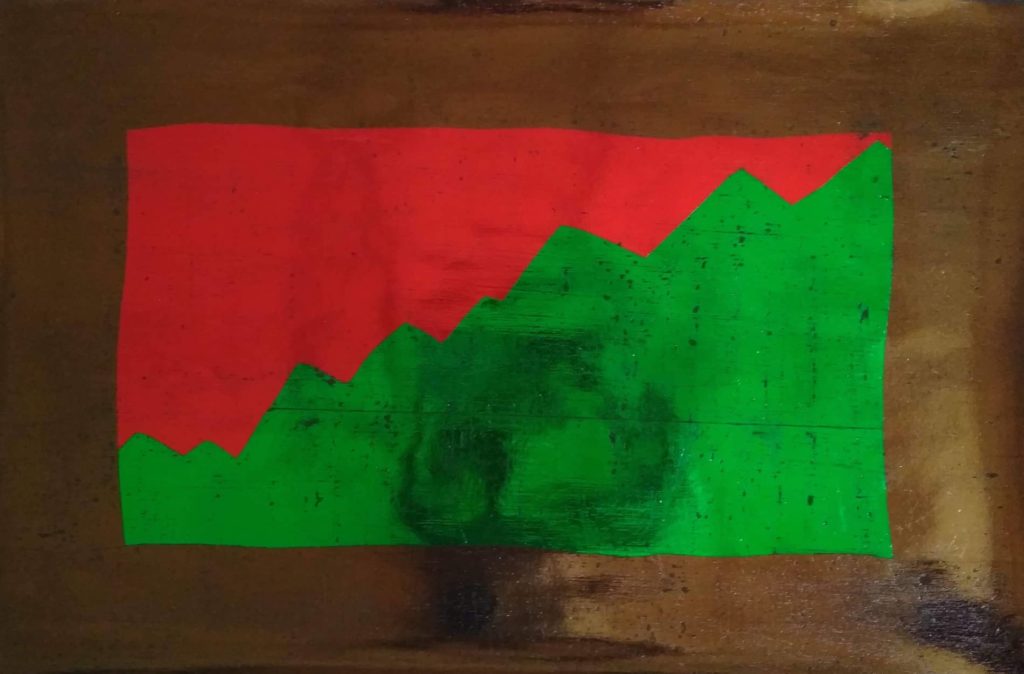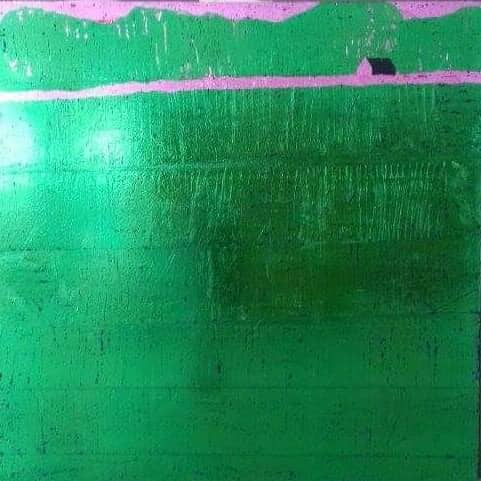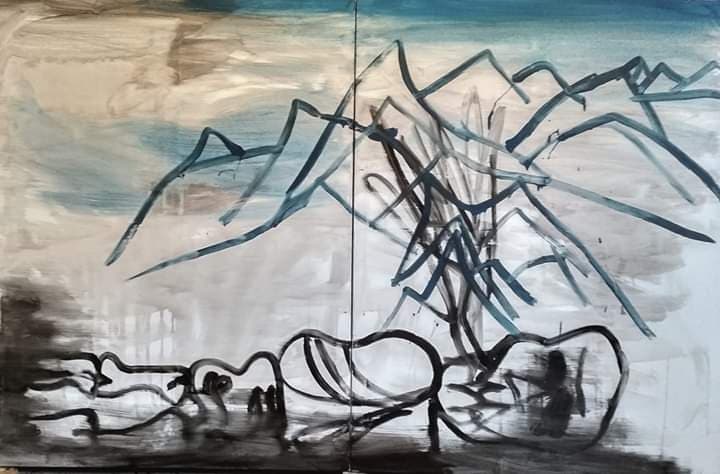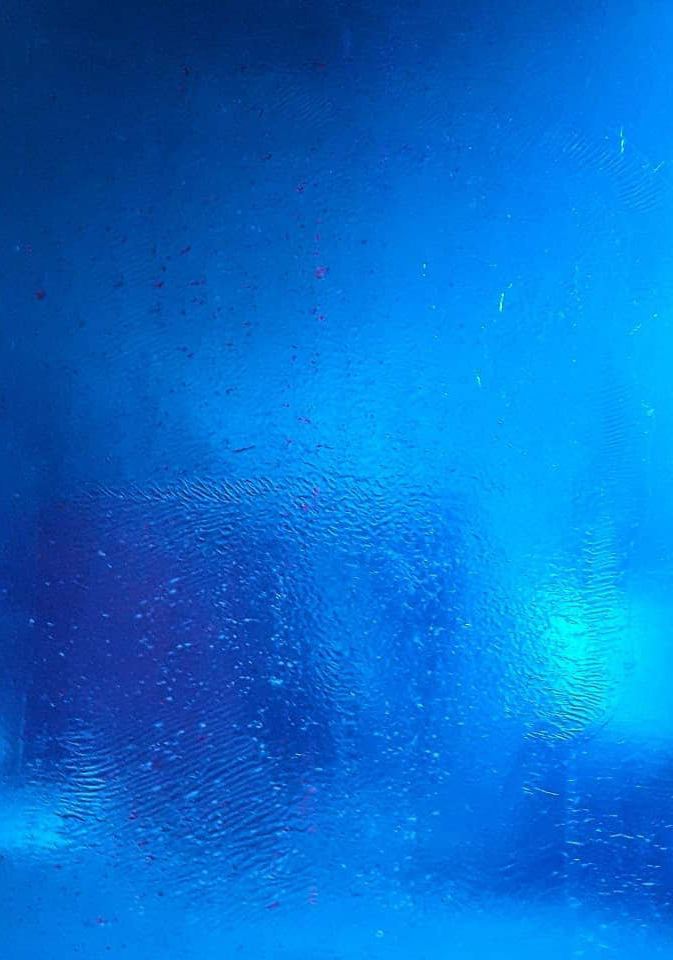Ruslan Tremba
Artist Statement
Ruslan Tremba: Beginning to be an artist I tried to impress the public showing that I can touch upon forbidden topics; probably, it was a way to self-assert. But then, I started to conceive. I went on to subjects that are daunting not only for the public, but also for the artists. It was a moment when I started to penetrate deep to the root, to the very bottom of matters and to the core reaching out to the spiritual part of the world.
With simple forms I try to raise the themes of life and death and the special feeling of what is happening in a moment before it actually happens – silence, peace and even some scent. This brings me closer to the blank canvas – tabula rasa in in its artistic and spiritual sense.
In my painting the immaculate surface reflects like a mirror all around and reframes it. When the reflection of people and things becomes present in the painting, the painting begins to live its own life. The dialogue takes place and the creative process embarks in-between the quiet painting and the self-enfolding life reflected in the painting as we approach its glossy surface. I call it “My Realism“ – being in presence.
I would not know, if it is intrinsically to all artists, but my mind is entirely restless. Hundreds of simultaneous ideas make me almost insane. While working on one project, in my mind I already work on other projects that seem even deeper. Creative restlessness arises out of lack of time for their realization. However, I am confident that there will be a moment – under some mighty walnut or a plum tree in the garden, – when I will unite these many ideas in the One, discover the state of innermost peace and sense the silence.
About Artist.
Mariana von Westarp.
An affair with fleshless colour
Some works of art tell stories, pray, argue, wonder, laugh, despair – just like the fellow human beings. The works of Ruslan Tremba listen.
The artist uses sheer foils of pure colour. Laid on large-format canvases, the colour loses its materiality and becomes immaterial light. The pictures shine. The light seems to be immanent in the picture like in a gemstone. Other than in the Middle Ages, we know that it cannot be true and that the light only comes from the outside. The immediate perception, however, is little influenced by these modern insights – the light, i.e. the divine, the unspeakable – is in the picture.
The loss of corporality of colour – no traces of paint application – means that painting looks as if made-without-hands (Acheiropoieton), as an immaculate tabula rasa and a piece of revelation.
On the smooth image surface, the light is refracted through various irregularities, pores and wrinkles. It is not a dazzling, direct light of the electric age, nor the moving light of a flame. Rather, it is the soft, glowing light of irregularly twisted Byzantine mosaics – the light of San Marco in Venice. A reminiscence of light or a memory of light.
Ruslan Tremba splits the Byzantine icon into two distinct parts. He detaches the gold background from the countenance in the icon – the word from the mystical speechlessness, the divine and the human, the aura of presence from the concrete figure. By extracting the gold background, the artist makes room in the icon – for the silent presence or for a new figure.
The silhouettes of those attending are then mirrored deeply in the gentle, glowing light. The author speaks in this regard of his realism. From within the picture, the images are not reflected with the functional austerity of a mirror image, but with the tenderness of a dream, a poem. Only the denseness of the figure is transferred to the radiant image – the eternity. It is a kind of portrayal that, simply because of the technique, unspoken, reminds us of the eternity in man. A realism of the soul.
The image evokes the inward self, the hidden doppelganger. There emerges a homely togetherness, an intimacy with the work that says “I see You” not to refer directly to the Bible saying “You are my beloved son“. The paintings of Ruslan Tremba bear a silent presence, attentively listening and welcoming all that comes.
Translated from German by the author, Mariana von Westarp
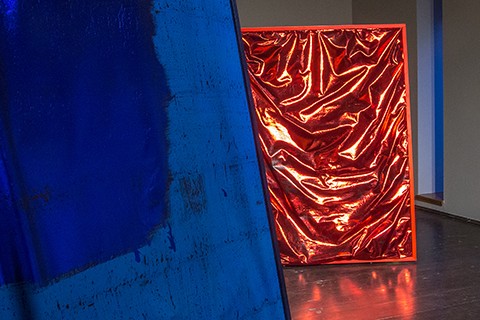


To purchase paintings in the USA contact us by email: tborodina@gmail.com

